The Blockchain In Retail Banking Market is currently characterized by a dynamic competitive landscape, driven by rapid technological advancements and an increasing demand for secure, efficient financial transactions. Major players such as JPMorgan Chase (US), Goldman Sachs (US), and HSBC (GB) are at the forefront, each adopting distinct strategies to enhance their market positioning. JPMorgan Chase (US) has focused on innovation through its blockchain platform, Onyx, which aims to streamline payment processes and improve transaction transparency. Meanwhile, Goldman Sachs (US) has been actively exploring partnerships with fintech firms to leverage blockchain technology for asset management and trading solutions. HSBC (GB), on the other hand, has emphasized regional expansion, particularly in Asia, to capitalize on the growing demand for blockchain applications in trade finance.
The business tactics employed by these key players reflect a concerted effort to optimize operations and enhance customer experiences. The market structure appears moderately fragmented, with a mix of established banks and emerging fintech companies vying for market share. This competitive environment is further influenced by the strategic initiatives of major players, which collectively shape the direction of blockchain adoption in retail banking.
In August 2025, JPMorgan Chase (US) announced a significant upgrade to its Onyx platform, integrating advanced AI capabilities to enhance transaction processing speeds. This move is likely to solidify its leadership position in the blockchain space, as it not only improves operational efficiency but also addresses the growing customer demand for faster and more secure banking solutions. The integration of AI with blockchain technology could potentially redefine transaction dynamics in retail banking.
In September 2025, Goldman Sachs (US) entered into a strategic partnership with a leading blockchain startup to develop a decentralized finance (DeFi) platform aimed at retail investors. This initiative signifies a shift towards democratizing access to financial services, allowing a broader audience to engage with blockchain technology. The partnership is expected to enhance Goldman Sachs' product offerings and attract a younger demographic, which is increasingly inclined towards digital finance solutions.
In July 2025, HSBC (GB) launched a blockchain-based trade finance platform in collaboration with several Asian banks, aimed at simplifying cross-border transactions. This strategic move not only enhances HSBC's operational capabilities but also positions it as a key player in the rapidly evolving trade finance landscape. By leveraging blockchain technology, HSBC is likely to reduce transaction times and costs, thereby improving customer satisfaction and loyalty.
As of October 2025, the competitive trends in the Blockchain In Retail Banking Market are increasingly defined by digitalization, sustainability, and the integration of artificial intelligence. Strategic alliances among key players are shaping the current landscape, fostering innovation and enhancing service delivery. Looking ahead, it appears that competitive differentiation will increasingly hinge on technological advancements and supply chain reliability, rather than traditional price-based competition. The emphasis on innovation and customer-centric solutions is likely to drive the next wave of growth in this sector.


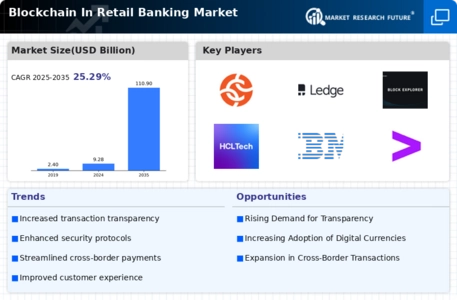
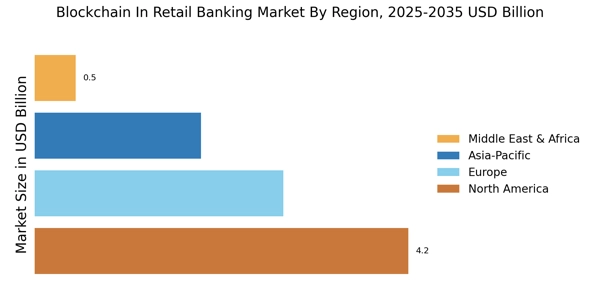

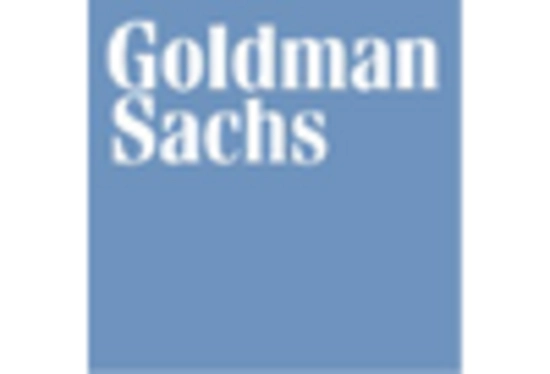
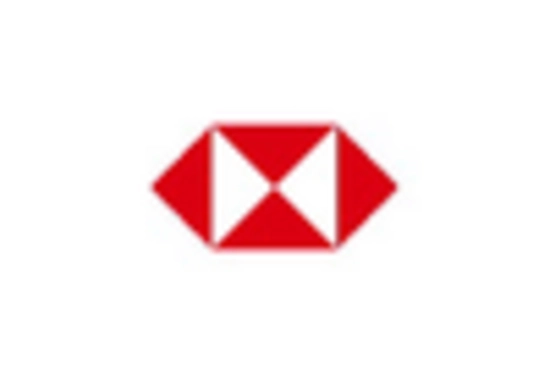
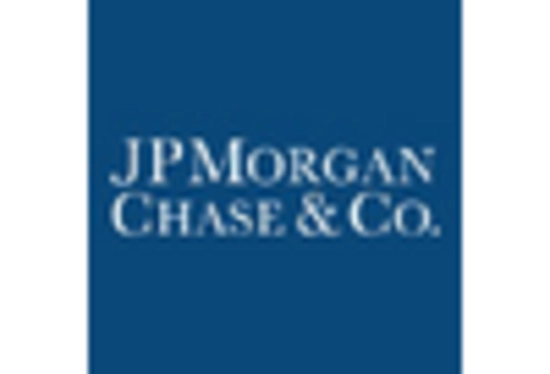
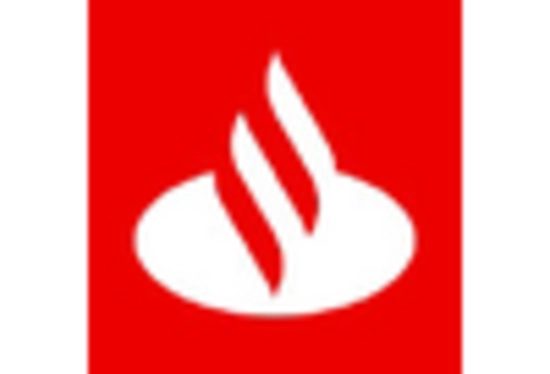
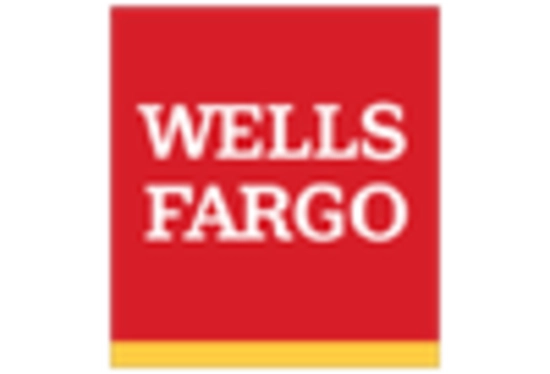








Leave a Comment